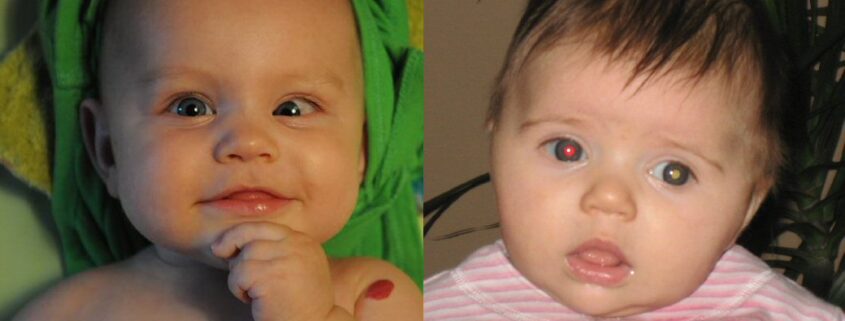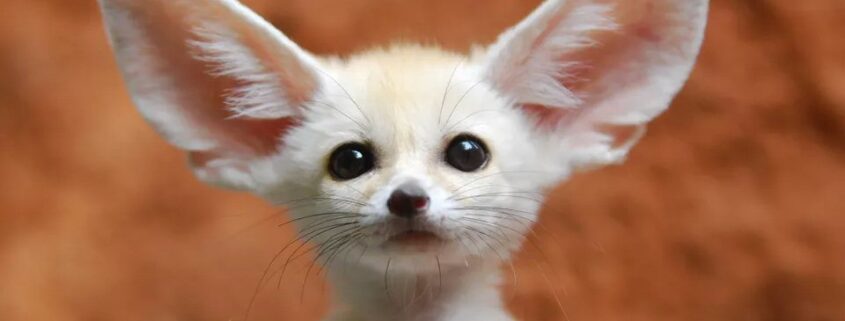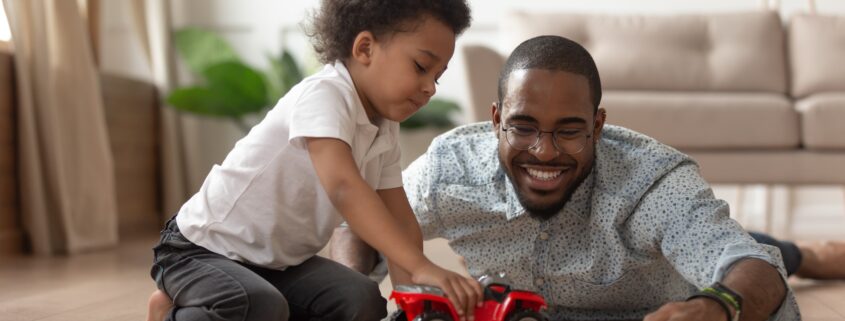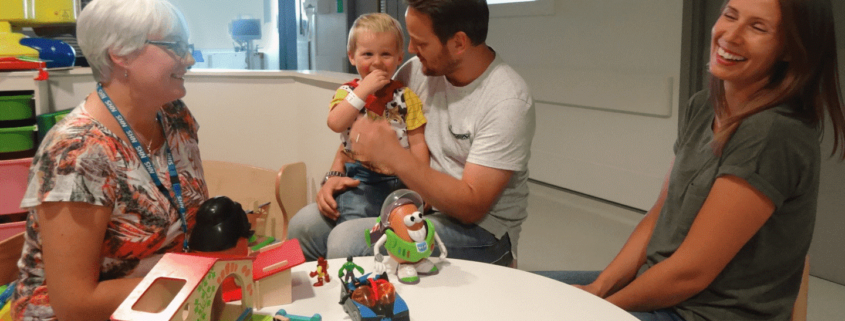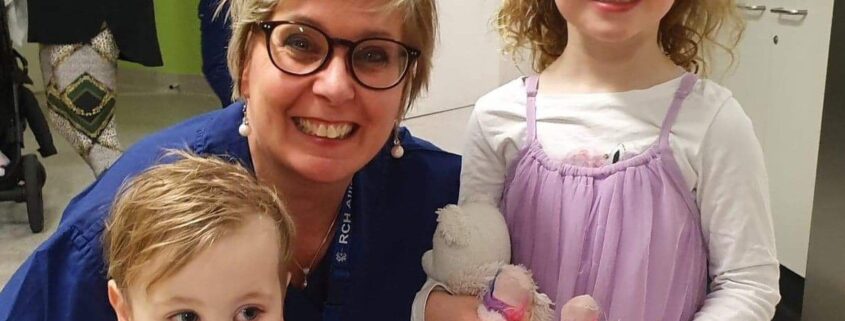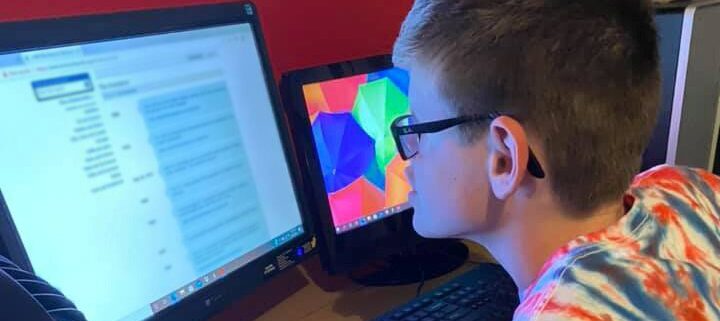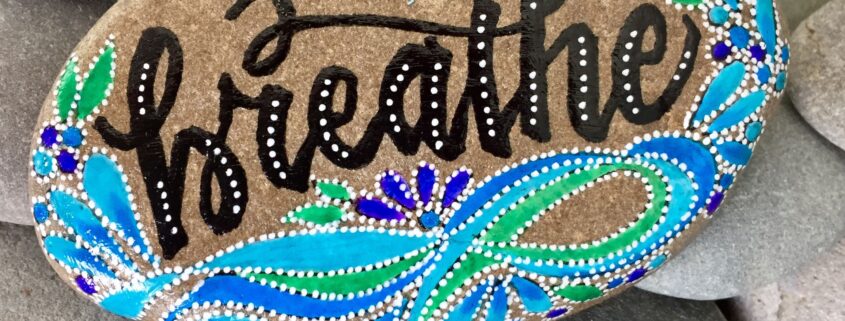Who Cares? Becoming Your Best Friend with Compassion, Care and Love
We are quick to support family and friends in a crisis with words of comfort, encouragement, and affirmation, and practical acts to care for their wellbeing, so why are we so reluctant to give ourselves the same support? Abby White explores the difference between self-compassion, self-care, and self-love, how they are connected, why they matter so much, and how we can cultivate them.


